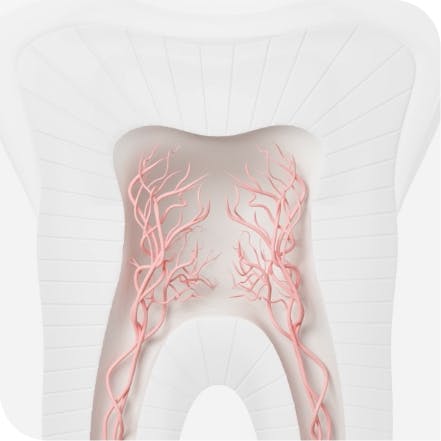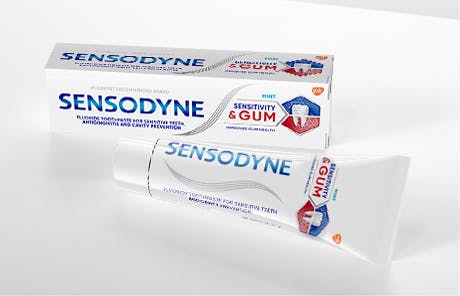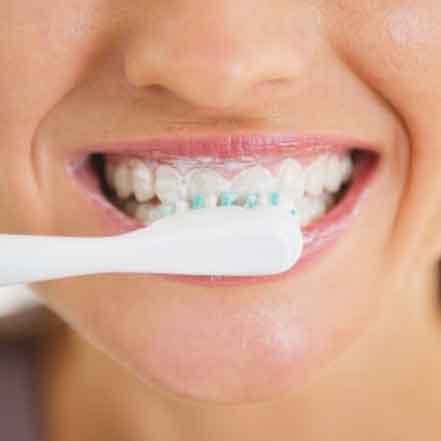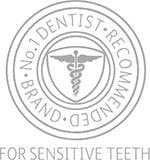A Guide for Dental Professionals: How to Create a Sensory Inclusive Office

Visiting the dentist can be an overwhelming experience for many people, especially those with sensory sensitivities. Creating a sensory inclusive dental office is a powerful step toward making oral healthcare more inclusive and comfortable for everyone. By thoughtfully adjusting the environment, communication style, and patient experience, dental professionals can foster a calm, welcoming space where all patients feel safe, respected, and empowered to take care of their oral health.2
Key Takeaways
- A sensory inclusive environment offers accommodations for those with sensory needs to ensure their care experience is accessible and comfortable.4
- Take steps to create a welcoming, inclusive environment for those with sensory processing disorders by building an understanding of sensory needs and sensory inclusion – and then by communicating early with patients about their concerns and offering accommodations that can help manage sensory inputs during an appointment.
Understanding Sensory Sensitivity
Our brains are constantly taking in information through our senses: sights, sounds, smells, tastes, and touch.1 For most people, processing this steady stream of input is automatic and manageable, but for people with sensory processing needs, navigating this influx of sensory data can be overwhelming and stressful.1 These individuals may find everyday environments like dental offices more challenging than others.
Patients of all ages with sensory sensitivities typically fall into two categories:1
- Hyposensitive (sensory seeking): Individuals who require and actively seek more sensory input to feel regulated.
- Hypersensitive (sensory avoiding): Individuals who are overly sensitive to sensory input and often avoid it.
Sensory Sensitivity in Dentistry
When someone is experiencing sensory overload, reactions can range from mild to severe, depending on the intensity and accumulation of sensory input. These behaviors may include gaze aversion, physical withdrawal, or vocal outbursts among other physical, verbal and emotional responses.2,4
An individual with sensory sensitivity might exhibit the following responses during a dental visit:4
- Pulling away from or having a strong reaction to unexpected facial touch
- Hypersensitivity to teeth cleaning by the hygienist
- Visible discomfort or concern when moving backwards in the dental chair
- Difficulty tolerating the overhead light
- Strong responses to dental equipment noises (e.g., polishing brush)
- Distress triggered by unexpected office sounds (intercoms, alarms, beeps)
- Dislike of polishing paste due to its texture or flavor
- Strong gag reactions to dental tools or x-ray materials
- Negative reactions to the smell or feel of gloves
If a patient’s sensory distress is not acknowledged and managed, the distress the experience may escalate into physical responses. Initially, they may attempt to flee the situation (“flight”), but if escape isn’t possible, they might engage in physically reactive behaviors (“fight”) like pulling away as a means of coping.4 Importantly, a patient might be able to tolerate a single sensory input, but multiple simultaneous stimuli can lead to heightened distress and dysregulation.4
What Does Sensory Inclusive Mean?
A sensory inclusive, or sensory accessible, environment offers thoughtful accommodations for individuals with sensory processing difficulties, but these accommodations can vary widely depending on the setting.5 At the heart of any successful sensory inclusive space is a strong atmosphere of inclusion.5 The goal isn’t to create a completely separate or diluted experience, but rather to preserve the core of the service while adding supports that make participation comfortable and accessible for everyone.5 These environments are designed to be welcoming and more relaxed, allowing individuals to engage on their own terms.5
Why Create a Sensory-Inclusive Office?
Patients who experience sensory discomfort may be perceived as less cooperative during a visit to a dental professional.2 However, by taking the time to create an environment that meets the needs of sensory sensitive individuals by modifying the environment or taking additional time to talk through a procedure, oral care experiences can become positive – both for the provider and the patient.3
Studies have indicated that children with sensory sensitivity who may experience sensory discomfort made significant improvements during visits to sensory inclusive offices, in terms of physiological changes, behavior, pain and sensory discomfort.3 Patients that present with autism spectrum disorder (ASD) were positively affected by receiving care in a sensory-adapted dental environment.3
Creating a Sensory Inclusive Dental Office
Creating a sensory inclusive office is a process that’s more involved than simply offering sunglasses and earplugs.
Office Environment and Ambiance
Simply being in a dental office can be triggering for those who have sensory issues.2 Here are some steps that you can take to make your office more sensory friendly:2,3,4
- Create a calming atmosphere by playing soft music and avoiding bright lights.
- Minimizing loud noises from air driven, turbine-powered tools when possible.
- The waiting area itself should be fun, not overly sterile. Avoid bright light. Consider adding pictures or posters on the walls or a television.
- Keep waiting times to a minimum to help reduce patient anxiety.
- Take steps to make the exam rooms more sensory-friendly: offer sunglasses, provide noise-reduction headphones or use tools designed to minimize noise, provide fidget toys during an exam or allow patients to wear an X-ray vest during the entire appointment to function as a weighted blanket.
A sensory inclusive dental environment should aim to stimulate the primary senses of sight, touch, feel and smell.2 In one study, a sensory inclusive dental office for children had dimmed and soft lighting, while a special Velcro vest was offered to hug the child and provide a calming, deep pressure sensation that helped children relax.2
Communication and Rapport
While the environment is important, the relationship between the patient and the dental professional is crucial.2 Dental professionals should ask about a patient’s concerns, anxieties and sensory needs before any dental work takes place.2
Dental professionals should be aware of a range of relaxation techniques to help their patients reduce stressors:2
- Progressive muscle-relaxation involves tensing specific muscle groups for a few seconds, then relaxing them and noting the difference in sensation.
- Diaphragmatic breathing is a fundamental way to help patients relax and reduce tension in the chest.
- Guided imagery can be used by dental professionals to guide patients through a sensory-focused daydream to create a state of relaxation.
Dentists are familiar with the tell-show-do approach, but refining how it is applied can further strengthen trust and rapport—particularly with patients who have sensory sensitivities or heightened dental anxiety.2 By communicating with a patient about what is happening to and around them, care providers can help reduce uncertainty and help patients to feel more in control and informed. It involves:2
- Verbally explaining all procedures to the patient in easy-to-understand language.
- Demonstrating the various phases of the procedures so that the patient is aware of the audio, visual, olfactory and tactile aspects in an unthreatening manner.
- Completing a procedure without deviating from the verbal and visual demonstrations so that the patient feels reassured.
Specialized Sensory Inclusive Dental Training
Sensodyne’s Sensory Inclusion Initiative aims to build greater sensory inclusion in professional oral care through partnerships with the American Dental Association and KultureCity.
By completing a suite of CE-accredited courses through the ADA, dentists and dental professionals will learn how to provide safe, effective and compassionate care for patients with sensory processing issues. This learning includes training from the accessibility experts at KultureCity that covers diversity, inclusion and helping sensory sensitive patients through their dental appointments.
A more inclusive dental office will have benefits for all your patients, whether they have sensory processing disorders or simply don’t love going to a dental appointment. Taking the time to focus on creating a welcoming, calming environment can pave the way for better oral health outcomes.
Source Citations:
- Dental Care for Children With Sensory Processing Issues. Red Tree House. https://www.redtreehouse.org/parent-pro-picks/dental-care-sensory-processing. Accessed on 7/16/25.
- Strategies to manage patients with dental anxiety and dental phobia: literature review. National Library of Medicine. https://pmc.ncbi.nlm.nih.gov/articles/PMC4790493/. Accessed on 7/16/25.
- Sensory-Adapted Dental Environment for the Treatment of Patients with Autism Spectrum Disorder. National Library of Medicine. https://pmc.ncbi.nlm.nih.gov/articles/PMC8947452/. Accessed on 7/16/25.
- Going to the Dentist. STAR Institute for Sensory Health. https://sensoryhealth.org/basic/going-to-dentist. Accessed 7/16/25.
- What Does Sensory Friendly Mean? Fraser MN. https://www.fraser.org/resources/blog/what-does-sensory-friendly-mean. Accessed 7/16/25.













